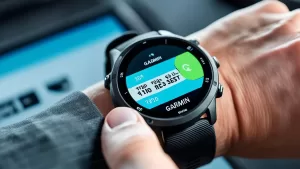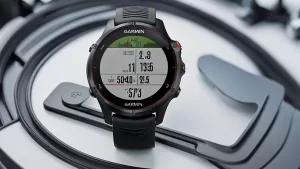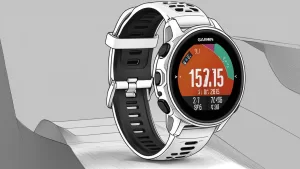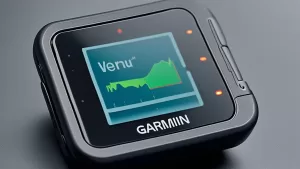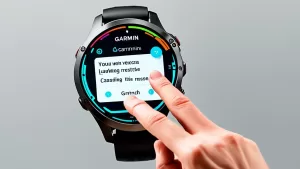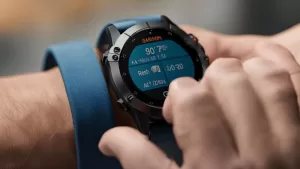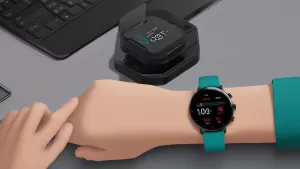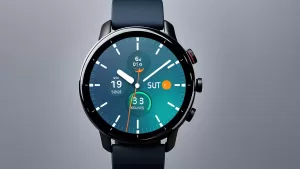Are you frustrated with the inaccurate heart rate monitoring on your Huawei Watch Fit? Tracking your heart rate accurately is crucial for effective fitness monitoring and achieving your health goals. But what if your smartwatch isn’t providing reliable heart rate data? Don’t worry, we’ve got you covered.
In this article, we will guide you through the troubleshooting steps to improve the precision of your heart rate tracking on the Huawei Watch Fit. Whether it’s a problem with the heart rate sensor or environmental factors affecting the accuracy, we’ll help you get back on track.
Key Takeaways:
- Improper fit and positioning can lead to inaccurate heart rate monitoring on the Huawei Watch Fit.
- Ensure that your watch is securely fastened and positioned properly on your wrist for optimal blood flow measurement.
- Cleaning and drying the watch regularly can help improve the accuracy of the heart rate sensor.
- Consider environmental factors like extreme temperatures and irregular movements during exercise that may impact heart rate accuracy.
- Try troubleshooting tips like allowing your heart rate to stabilize and restarting the watch if you still experience abnormal readings.
Now, let’s dive into the details of each troubleshooting step to fix the heart rate monitoring issue on your Huawei Watch Fit.
Check Proper Fit and Positioning
If you’re experiencing inaccurate heart rate monitoring on your Huawei Watch Fit, one of the potential reasons could be improper fit and positioning. To optimize the accuracy of your heart rate measurements, follow these steps:
- Ensure a Secure Fit: Make sure your watch is securely fastened to your wrist.
- Proper Watch Face Positioning: Ensure that the watch face is facing upwards to allow for optimal blood flow measurement.
- Wear Slightly Above Wrist Joint: For better accuracy, consider wearing the watch slightly above your wrist joint.
- Clean and Dry Back: It’s essential to keep the back of your watch clean, dry, and free from any obstructions that could interfere with the heart rate sensor’s accuracy.
By following these recommendations, you can improve the accuracy of the heart rate monitoring feature on your Huawei Watch Fit.
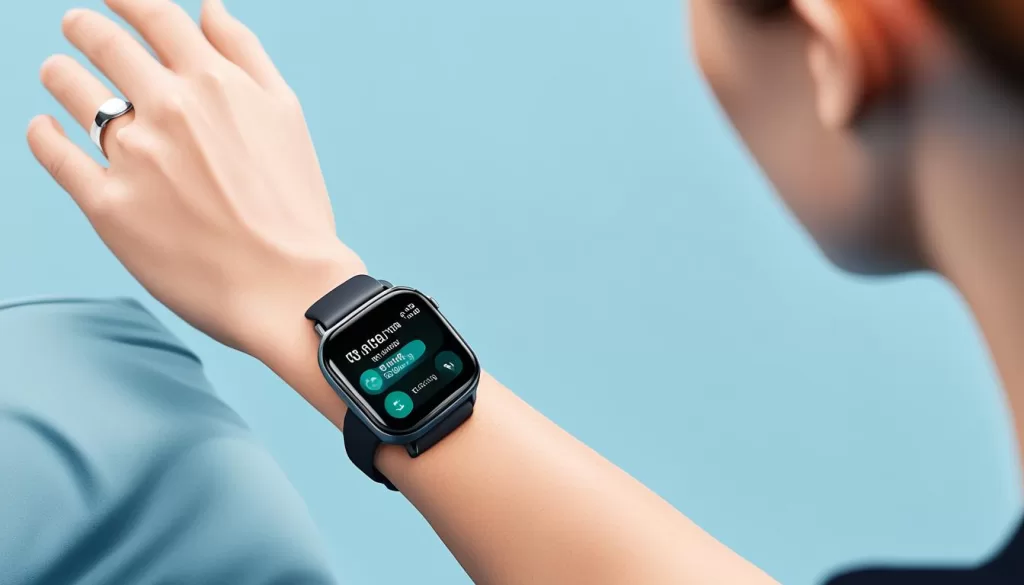
Clean and Dry the Watch
Excessive sweating during exercise can cause your Huawei Watch Fit to slip or interfere with the heart rate measurement. If you notice inaccurate heart rate data, remove the watch and wipe off any sweat or smudges. Make sure the back of the watch is clean and dry before reattaching it to your wrist. This will help improve the accuracy of the heart rate monitoring.
Why Cleaning and Drying the Watch is Important
During intense workouts, it’s common for sweat to accumulate on your skin and the back of the watch. This sweat can create a barrier between the heart rate sensor on the watch and your wrist, leading to inaccurate readings. Additionally, smudges or dirt on the back of the watch can interfere with the sensor’s ability to accurately detect your heart rate.
To ensure accurate heart rate monitoring, it’s essential to clean and dry the watch regularly, especially after intense exercise sessions. By removing any sweat or smudges and ensuring the back of the watch is clean and dry, you can maintain optimal contact between the watch and your skin, improving the accuracy of the heart rate measurements.
Consider Environmental Factors
When it comes to the accuracy of heart rate monitoring on your Huawei Watch Fit, it’s important to take into account the impact of environmental factors. These factors can contribute to inaccurate heart rate readings, affecting the overall performance of your device.
In extreme low temperatures, blood flow can be affected, leading to inaccurate heart rate measurements. To improve the accuracy of your heart rate readings, it is recommended to initiate a heart rate measurement after warming up your body. This allows your blood flow to stabilize, resulting in more precise readings.
Another environmental factor to consider is the type of exercise or physical activity you engage in. Irregular movements, such as those involved in sports like basketball, can make it challenging for your Huawei Watch Fit to obtain accurate heart rate measurements. Exercises with regular movements, such as running or walking, tend to provide more reliable readings.
By being mindful of these environmental factors and taking appropriate measures, you can enhance the accuracy of heart rate monitoring on your Huawei Watch Fit, ensuring you have access to reliable fitness data that can help you track your progress and achieve your health and fitness goals.

Troubleshooting Tips
If you are still experiencing abnormal heart rate readings while using your Huawei Watch Fit during workouts, there are some troubleshooting tips you can try to improve the accuracy of heart rate tracking.
First, make sure that your watch is facing upwards and stand still for approximately 10 to 15 seconds. This allows your heart rate to stabilize and provides a better chance for accurate readings.
If you are still unable to get a heart rate measurement after multiple attempts, try restarting your Huawei Watch Fit and try again. Sometimes, a simple restart can resolve any issues with heart rate monitoring.
By following these troubleshooting tips, you can enhance the accuracy of heart rate tracking on your Huawei Watch Fit and ensure that you have reliable and precise heart rate data during your workouts.
